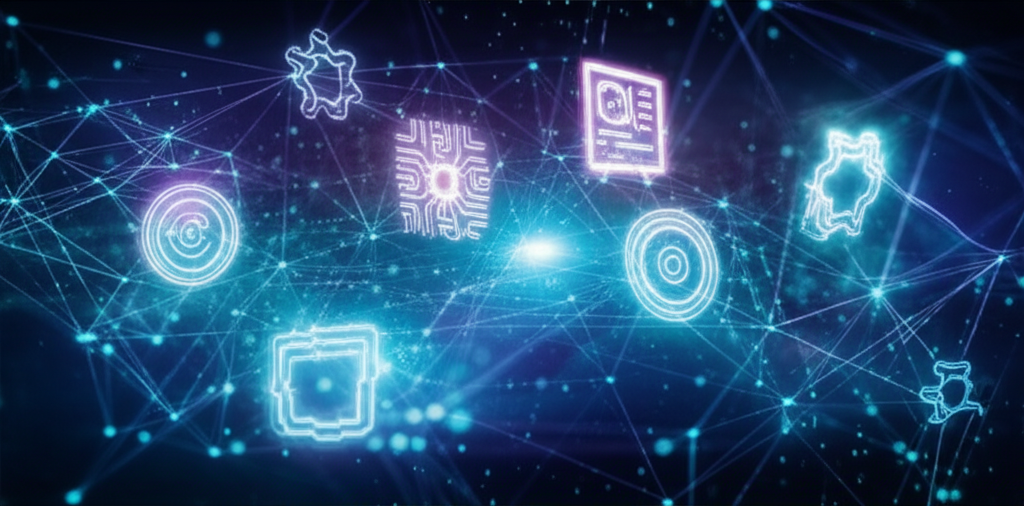AI Security Trends to Watch in 2025

Share this article
The Evolving AI Security Landscape
As AI systems become increasingly integrated into critical infrastructure, business operations, and everyday life, the security challenges surrounding these technologies continue to evolve at a rapid pace. In 2025, we're seeing several important trends emerge that will shape the future of AI security.
1. Adversarial Machine Learning Attacks
Adversarial attacks on machine learning models have become more sophisticated and accessible. These attacks involve creating inputs specifically designed to fool AI systems into making errors or revealing sensitive information.
We're seeing a significant increase in the availability of tools that automate the creation of adversarial examples, making these attacks accessible to a wider range of potential attackers with varying levels of technical expertise.
Key Developments:
- Open-source frameworks for generating adversarial examples against commercial AI systems
- Transfer attacks that develop adversarial examples on one model and deploy them against another
- Physically realizable adversarial examples that work in the real world, not just in digital environments
2. Prompt Engineering Attacks
As large language models (LLMs) become more prevalent in business applications, prompt engineering attacks have emerged as a significant threat. These attacks exploit the way LLMs interpret and respond to inputs, potentially allowing attackers to extract sensitive information or bypass security measures.
The most concerning aspect of prompt engineering attacks is their accessibility - they require no specialized technical knowledge, just an understanding of how to craft effective prompts.
Organizations are increasingly investing in defenses against these attacks, including input validation, output filtering, and specialized training to make models more resistant to manipulation.
3. AI Supply Chain Security
As AI development becomes more modular, with organizations building on pre-trained models and third-party components, the AI supply chain has emerged as a critical security concern.
Vulnerabilities or backdoors in pre-trained models or datasets can propagate through the supply chain, potentially affecting numerous downstream applications. This has led to increased scrutiny of AI components and the development of standards for verifying their security and provenance.
Emerging Solutions:
- Model cards that document the training data, limitations, and security testing of pre-trained models
- Formal verification techniques for AI components
- Secure enclaves for sensitive AI operations
4. Regulatory Developments
2024 has seen significant developments in AI regulation, with implications for security practices. The EU's AI Act has been approved, and similar regulations are being developed in other jurisdictions.
These regulations typically include requirements for:
- Regular security assessments of high-risk AI systems
- Documentation of security measures and incident response plans
- Transparency regarding AI capabilities and limitations
- Human oversight of critical AI decisions
Organizations are working to align their AI security practices with these emerging regulatory frameworks, often going beyond minimum requirements to establish robust security programs.
5. AI-Powered Security Solutions
While AI presents new security challenges, it's also enabling new security solutions. AI-powered security tools are becoming increasingly sophisticated, capable of detecting and responding to threats that would be difficult or impossible to identify through traditional means.
These tools are particularly valuable for:
- Detecting unusual patterns of interaction with AI systems that might indicate an attack
- Identifying vulnerabilities in AI models before they can be exploited
- Automating the response to common attack patterns
Conclusion
As AI continues to transform businesses and society, security considerations must evolve in parallel. Organizations that stay informed about emerging threats and proactively implement appropriate safeguards will be best positioned to harness the benefits of AI while managing the associated risks.
The most successful approaches to AI security in 2024 combine technical controls, organizational processes, and a culture of security awareness to create defense-in-depth strategies that can adapt to the rapidly evolving threat landscape.
Share this article
Protect your AI systems
Get a comprehensive security assessment for your AI applications.

